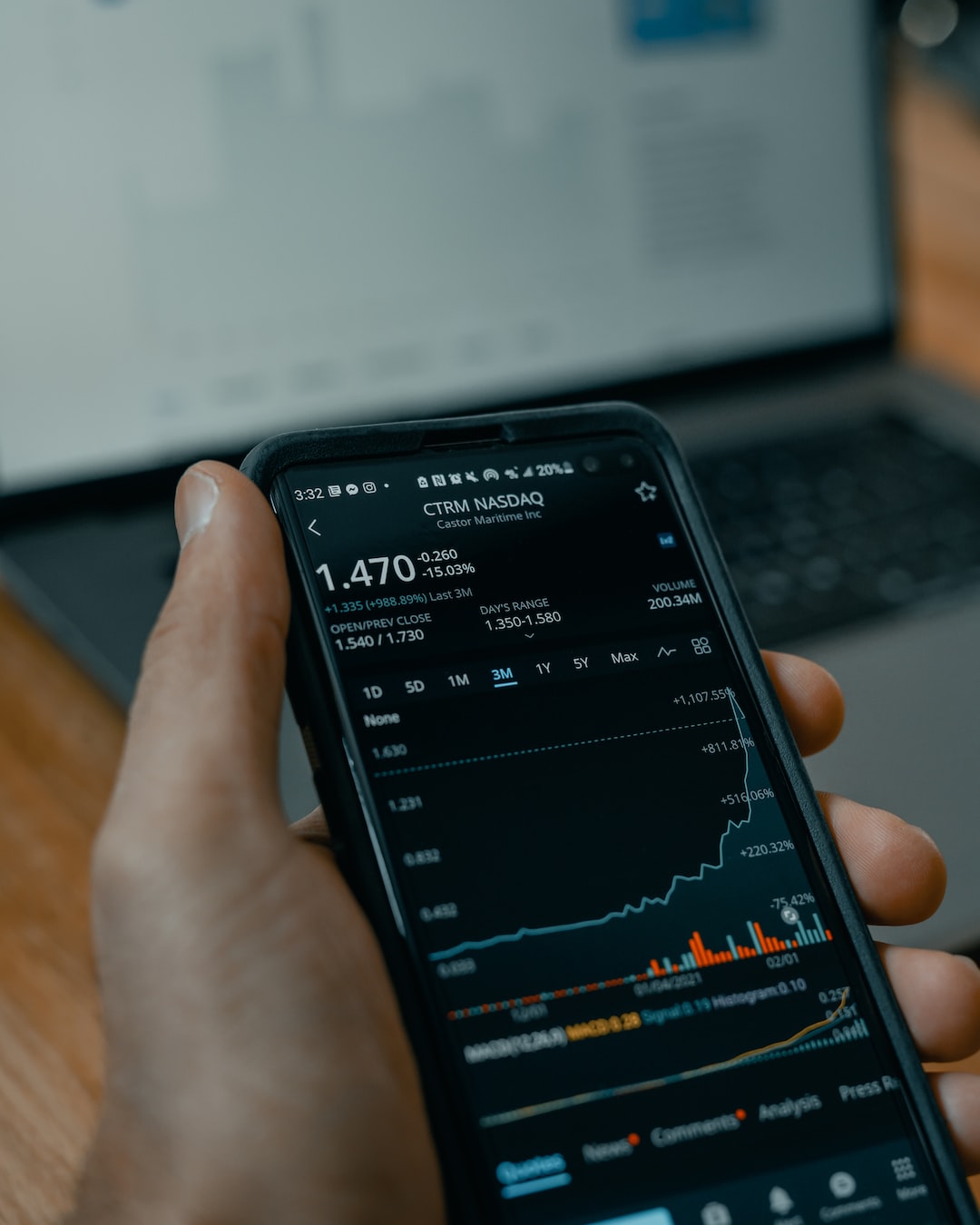Forex exchanges facilitate the trading of currencies between different parties. These exchanges make money by charging a spread, which is the difference between the buy and sell prices of a currency pair. The spread can vary widely depending on the currency pair being traded, the market conditions, and the exchange itself. In this article, we will explain how forex exchanges charge spreads and the factors that affect them.
What is a Spread?
A spread is the difference between the bid (buy) and ask (sell) prices of a currency pair. The bid price is the price at which a trader can sell a currency, while the ask price is the price at which a trader can buy a currency. The spread is the commission charged by the forex exchange for facilitating the trade.
For example, let’s say the bid price for the EUR/USD currency pair is 1.2000, and the ask price is 1.2005. The spread is calculated by subtracting the bid price from the ask price, which in this case is 0.0005 or 5 pips. This means that a trader who buys the EUR/USD currency pair at the ask price will pay 1.2005, while a trader who sells the same currency pair at the bid price will receive 1.2000.
How do Forex Exchanges Charge Spreads?
Forex exchanges charge spreads in different ways, depending on the exchange’s business model and the type of currency pairs being traded. Here are some common ways forex exchanges charge spreads:
1. Fixed Spreads
Some forex exchanges offer fixed spreads, which means that the spread remains the same regardless of market conditions or the currency pair being traded. Fixed spreads are often higher than variable spreads, as they provide a predictable income stream for the exchange.
2. Variable Spreads
Variable spreads, on the other hand, fluctuate depending on market conditions and the liquidity of the currency pair being traded. The spread may widen during times of high volatility or low liquidity, which can make it more expensive to trade. Variable spreads are often lower than fixed spreads, as they reflect the real-time market conditions.
3. Commission-Based Spreads
Some forex exchanges charge a commission on top of the spread, which is a percentage of the trade size. This is common for trading in exotic currency pairs or for high-volume traders. Commission-based spreads can be lower than fixed or variable spreads, but traders need to factor in the commission when calculating their trading costs.
4. Markup-Based Spreads
Some forex exchanges charge a markup on top of the interbank rate, which is the rate at which banks trade currencies with each other. The markup represents the profit for the exchange, and it can vary depending on the currency pair being traded and the market conditions. Markup-based spreads are common for retail forex traders, as they provide a simplified pricing model.
Factors Affecting Forex Spreads
The spread charged by a forex exchange can vary depending on several factors, including:
1. Currency Pair
The spread can vary depending on the currency pair being traded. Major currency pairs, such as EUR/USD, USD/JPY, and GBP/USD, typically have lower spreads than exotic currency pairs, such as USD/ZAR or USD/TRY. This is because major currency pairs are more liquid and have higher trading volumes, making them less risky for forex exchanges.
2. Market Conditions
The spread can widen during times of high volatility or low liquidity. This is because forex exchanges need to manage their risk exposure and may require a higher spread to offset potential losses. Traders should be aware of market events, such as economic releases or geopolitical tensions, that can affect the spread and adjust their trading strategy accordingly.
3. Time of Day
The spread can also vary depending on the time of day. Forex exchanges may charge a higher spread during the Asian trading session, as liquidity is lower compared to the European or North American sessions. Traders should consider the time of day when trading and choose the session that offers the best trading conditions.
4. Type of Account
Forex exchanges may offer different types of accounts with varying spreads. For example, a standard account may have a higher spread but lower trading costs, while a premium account may have a lower spread but higher trading costs. Traders should compare the different account options and choose the one that best suits their trading style and budget.
Conclusion
Forex exchanges charge spreads as a commission for facilitating the trading of currencies between different parties. The spread can vary depending on several factors, including the currency pair being traded, market conditions, time of day, and type of account. Traders should be aware of the spread and factor it into their trading strategy to ensure profitable trades.





